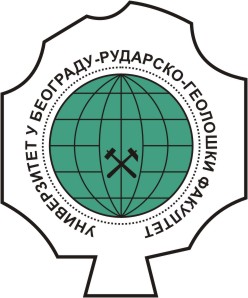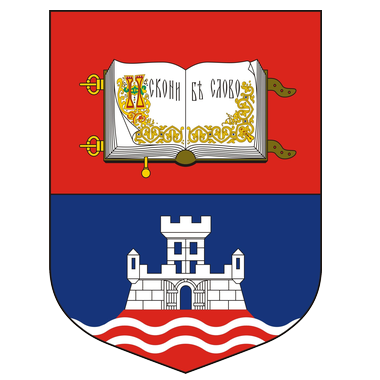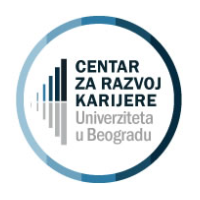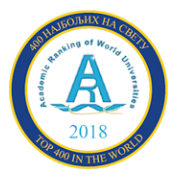Content:
Theory teaching
Introduction. Basics of engineering graphics, importance and application in mining. Drawing formats, header, component, legend, size. Basic characteristics of graphic primitives - point, lines, polygon. Technical letter. Projections, types and application of projections in the representation of mining objects. Types and way of listing, application of position numbers. Coordinate systems in the plane and space. National Coordinate Systems, Gauss-Kruger Projection, Universal Transverse Mercator Projection. Engineering graphics in mining. Definitions, application, content and interpretation of topographic and mining maps and plans. Contents of drawings of buildings, machinery and power plants. Definitions, method of making and applying cross sections, profiles, schemes and diagrams, 3D models. Methods of displaying mining facilities and deposits of mineral raw materials. Wells, ore bodies, floors of surface mine and landfill, underground mining premises. Roads, crops, embankments, platforms, ramps, channels. Mechanisms, devices and equipment Infrastructure facilities. Mining symbols and labels. Determination of the spatial position and geometry of mining objects using graphic analytic methods. Determine the coordinates of the points on the plan, the length, the directional and the horizontal angles, the height of the points, the surface of the figures of the correct and irregular shapes, the body volume of the correct and irregular shapes. Examples of the application of the graphic analytic method. Digital engineering graphics. Application of computer technology in engineering graphics. Practical teaching
Creation of orthogonal projections of an object shown in axonometry. Drawing of an object’s elevation points. Interpretation of graphic representations in mining. Development of plans and characteristic sections and profiles of mining facilities: floor, underground mining premises, platforms, ramps, roads - application of different projections for displaying mining facilities. Application of graphic analytic methods for determining the spatial position and geometry of mining objects. Mapping of wells on topographic plan based on given coordinates and determination of geometric elements of contour formed by boreholes. Making a profile between adjacent wells. Display of the ore and roof of the ore body by contour and calculation of volume. Creation of the axonometric drawing of a mining object given in the orthogonal projection. Application of computer technology in engineering graphics. |
Suggested Reading List:
- Milutinović Aleksandar, 2011.: Grafička dokumentacija rudnika, Rudarsko-geološki fakultet, Beograd
- Krstović Slobodanka,1999.: Rudarsko-inženjerska grafika, RGF, Beograd
- Pantelić Todor, 1972.: Tehničko crtanje, Beograd
- Đurović Vinko, 1960.: Nacrtna geometrija, Beograd
|






